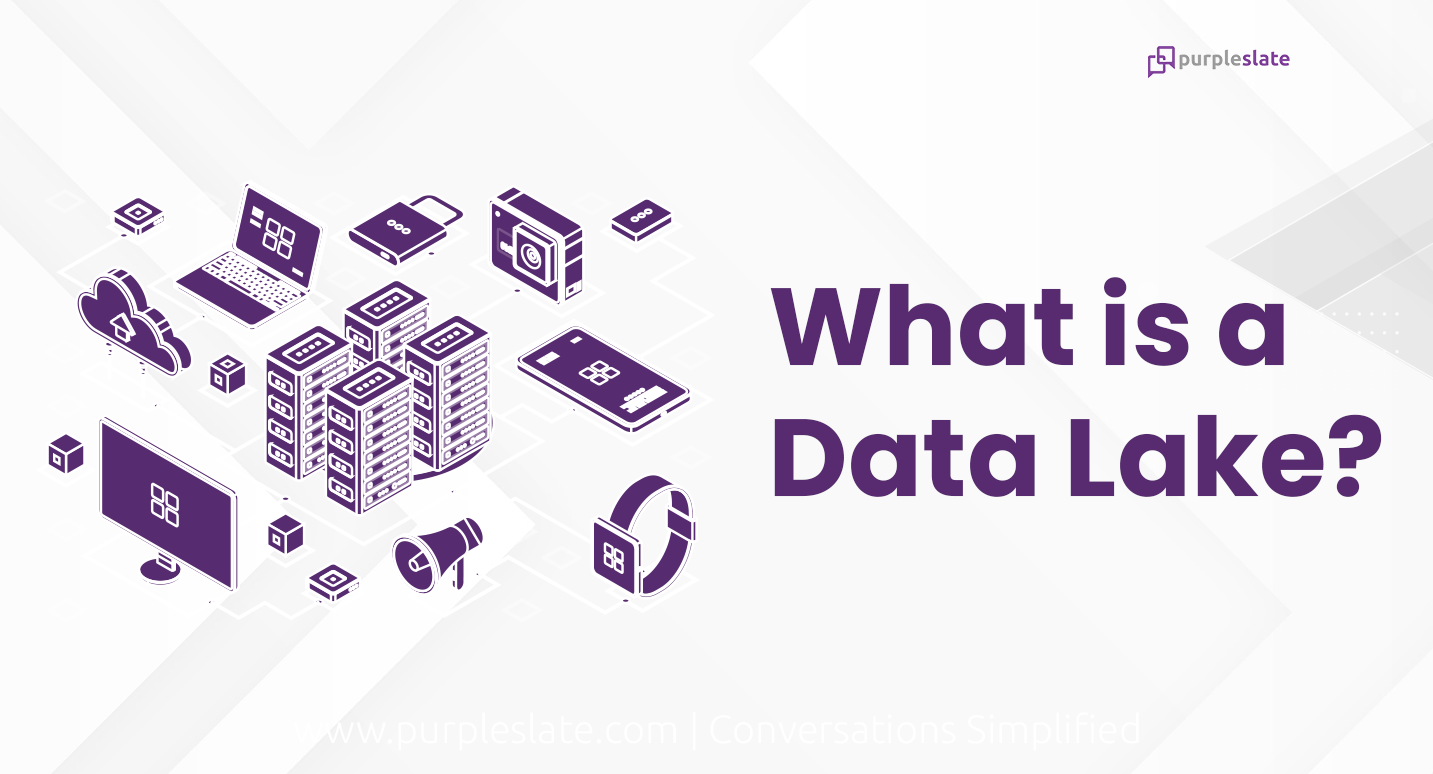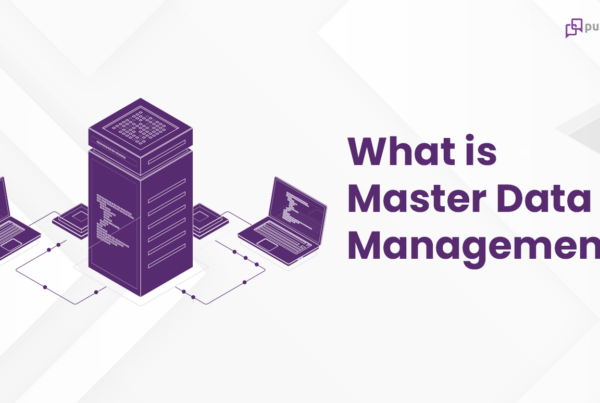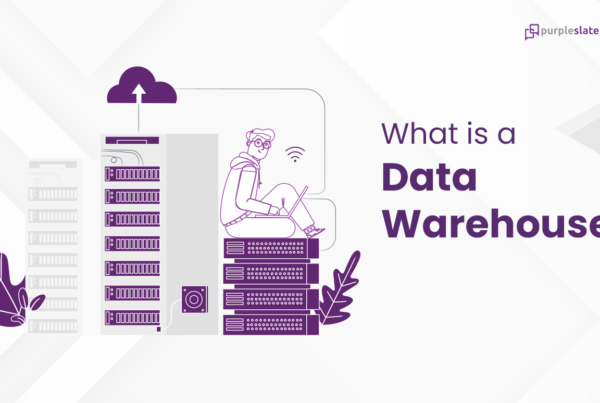
Definition
Defining a Data Lake
“The Data Lake Market was valued at USD 3.74 billion in 2020 and is expected to reach USD 17.60 billion by 2026, at a CAGR of 29.9% over the forecast period 2021 – 2026. Data lakes have become an economical option for many companies rather than an option for data warehousing.” – Mordor Intelligence
A data lake is like other data storage systems, a repository to collect and store data for further processing. A deeper definition of a data lake is explained below. It is a centralized repository in which enterprise-wide data that can be structured, semi-structured, or unstructured are saved. Data Lake ensures access restrictions pending authorization and improves the ease of data access.
The data can be stored in its native format without the need for structuring it. Various analytics types can be run on it, including big data processing, data visualization, dashboard creations, etc. Data lakes are highly scalable and complex data operations can be performed inside them.
Looking Under the Hood
Data lakes are a way to store, analyze and use vast amounts of data in one place so that it can be analyzed together as one entity — which makes it easier to find patterns within the information being stored. Data lakes also reduce latency between when new information is collected and when it’s analyzed because it doesn’t need to be transferred all over again between systems before being explored by someone who knows how best to use them.
The architecture of a data lake consists of three main zones.
- Landing Zone – The landing zone has one major function, which is to bring all the raw data into a single point and then clean it
- Staging Zone – The staging zone acts as an area where data transformations happen for data analytics
- Exploration Zone – The exploration zone to feed processed data into various analytical tools or to train machine learning models
Learn the Difference – Data Lake vs Data Warehouse
The first thing to note about data lakes is that they are different from traditional data warehouses. A data warehouse is designed to store all of your company’s structured data in one place, which involves a set of preformatting exercises to be performed before loading it into the warehouse. Data lakes on the other hand are designed to store all kinds of structured and unstructured information, so you can use them as a single source for business intelligence (BI).
Data lakes are great because they let you get rid of old silos—data warehouses—and make sure all your BI tools work together seamlessly across various analytical platforms or domain-specific tools like Salesforce or Power BI. The major differences between a data lake and a data warehouse are outlined below.
| Parameter | Data Lake | Data Warehouse |
| Data Type | Accepts unstructured data from different sources such as multimedia, web analytics, etc. | Only accepts structured data from different sources. Cannot store multimedia files. |
| Cost | Since the storage size is higher on the petabyte scale, the costs are relatively lower | Since the storage size is lower on the terabyte scale, the costs are relatively higher |
| Schema | Schema-on-read (time of analysis) | Schema-on-write (predefined) |
| Analytics | Machine learning, predictive analytics, data profiling, etc. | Basic analytics including report generation and data visualization |
| Users | Data scientists, data engineers, business analysts | Business analysts with basic query language |
The Top Benefits that makes a Data Lake Desirable
Data lakes are flexible. They can be used for any type of data, which means you don’t have to worry about whether your data is structured or unstructured. In addition, they’re elastic in nature and can handle large volumes of information with ease; this means that as your business grows, so does your data lake! Data lakes also make it easy for businesses to add new types of data over time without having to worry about how they’ll organize or store their information.
A data lake that is run on the cloud can help a company obtain actionable business insights by permitting the company to use analytics on historical data as well as new data sources. Some examples of these new data sources include log files, clickstreams, social media, and Internet-connected devices. Having a cloud data lake provides a foundation for a company to digitize its business and turn data into a high-value asset.
- Optimized Cost: Cloud storage providers offer a variety of storage and pricing options that can help save you money.
- Scalability: It provides businesses with the ability to compute and access storage capacity on demand. This functionality is essential for businesses that experience spikes in demand or require extra capacity on a short-term basis.
- Single Source of Truth: Data lakes provide a centralized repository for all your data, making it easier to govern and manage access to your data. This allows for greater process efficiency and collaboration among teams.
- Security: When it comes to data security, cloud storage providers follow a shared responsibility model to ensure the safety of your information.
Data Lakehouse – Bringing the best of both worlds
Data lakehouses are a new type of system that enables the best of both worlds – data warehouses and data lakes to work together by using similar data structures and management features. This means that data teams can move faster because they only need to access one system. Data lakehouses also make sure that teams have the most complete and up-to-date data available for projects like data science, business intelligence, and machine learning.
Data Lake – A Revelation for Modern Data Storage
The term “lake” refers to a body of water that’s deep and wide enough to hold water, but shallow enough so fish can swim around in it. This analogy works because when you store all of your company’s information in one place (the “data lake”), it becomes easier to manage and analyze. In order to take advantage of this central repository, many organizations have begun investing in data lakes. However, whether it works is left up to the storage and analytical requirements of the organization itself.
Looking for more engaging information regarding data engineering topics? Check out our data glossary page where we try to talk about everything data.




